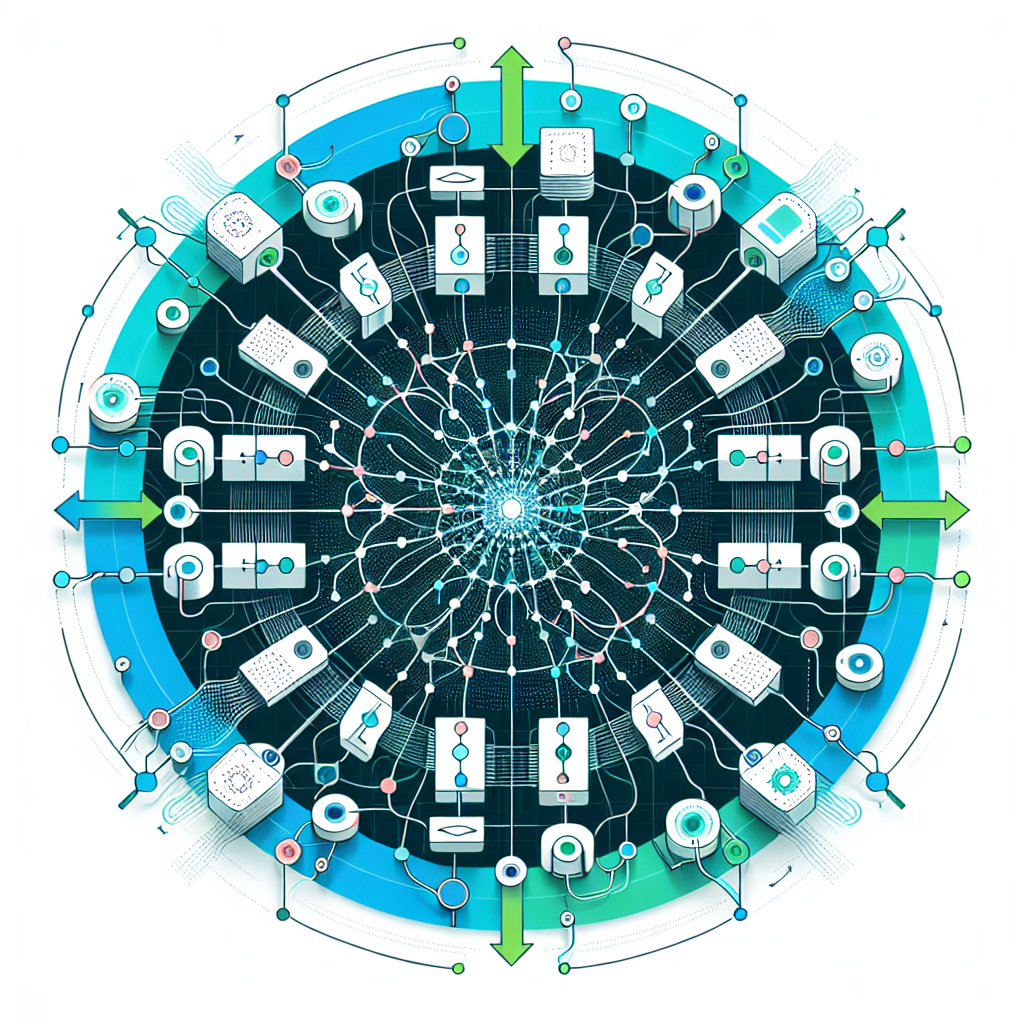Your cart is currently empty!
Tag: Gating

The Role of Gating Mechanisms in Enhancing the Performance of Recurrent Neural Networks
Recurrent Neural Networks (RNNs) have been widely used in various applications such as natural language processing, speech recognition, and time series prediction. However, they suffer from the vanishing and exploding gradient problem, which hinders their ability to capture long-range dependencies in sequential data. To address this issue, gating mechanisms have been introduced to RNNs, which have significantly improved their performance.Gating mechanisms are a set of learnable components that control the flow of information in RNNs. They decide which information is important to retain and which information should be discarded. These mechanisms include Long Short-Term Memory (LSTM) and Gated Recurrent Units (GRUs), which have been shown to be effective in capturing long-term dependencies in sequential data.
LSTM, proposed by Hochreiter and Schmidhuber in 1997, consists of three gates: input gate, forget gate, and output gate. The input gate controls the flow of new information into the cell state, the forget gate controls the flow of information that should be forgotten, and the output gate controls the flow of the cell state to the output. This allows LSTM to selectively remember or forget information over long sequences, making it more effective in capturing long-term dependencies.
GRUs, proposed by Cho et al. in 2014, are a simplified version of LSTM with two gates: update gate and reset gate. The update gate controls how much of the previous hidden state should be kept, while the reset gate controls how much of the previous hidden state should be forgotten. GRUs have shown comparable performance to LSTM while being computationally more efficient.
The introduction of gating mechanisms in RNNs has led to significant improvements in various tasks. For example, in natural language processing, LSTM and GRU-based models have achieved state-of-the-art performance in tasks such as language modeling, machine translation, and sentiment analysis. In speech recognition, gated RNNs have been shown to outperform traditional RNNs in terms of accuracy and efficiency. In time series prediction, LSTM and GRU-based models have been successful in capturing long-term dependencies and making accurate predictions.
Overall, gating mechanisms play a crucial role in enhancing the performance of RNNs by allowing them to capture long-range dependencies in sequential data. LSTM and GRU have become popular choices for implementing these mechanisms due to their effectiveness and efficiency. As RNNs continue to be used in various applications, further research into gating mechanisms and their optimization will be crucial for advancing the field of deep learning.
#Role #Gating #Mechanisms #Enhancing #Performance #Recurrent #Neural #Networks,recurrent neural networks: from simple to gated architectures
Understanding the Role of Gating Mechanisms in Recurrent Neural Networks
Recurrent Neural Networks (RNNs) have gained significant attention in the field of artificial intelligence due to their ability to process sequential data. One important aspect of RNNs that contributes to their effectiveness is the gating mechanism. Gating mechanisms are components within RNNs that control the flow of information through the network, allowing it to learn and retain relevant information over long sequences.There are several types of gating mechanisms used in RNNs, with the most popular being the Long Short-Term Memory (LSTM) and Gated Recurrent Unit (GRU) cells. These cells contain gates that regulate the flow of information by either allowing it to pass through unchanged, modifying it, or blocking it altogether. By doing so, the network can learn to remember important information while forgetting irrelevant details, making it more efficient in processing sequential data.
The key components of a gating mechanism include the input gate, forget gate, and output gate. The input gate determines how much new information should be added to the cell state, the forget gate controls what information should be discarded from the cell state, and the output gate decides what information should be passed to the next layer or output. By adjusting the weights of these gates during training, the network can learn to selectively store and retrieve information as needed, improving its performance on tasks such as language modeling, speech recognition, and machine translation.
Understanding the role of gating mechanisms in RNNs is crucial for designing more effective and efficient neural networks. By properly configuring the gates and training the network with relevant data, researchers can improve the network’s ability to process complex sequential data and achieve better performance on a wide range of tasks. As the field of artificial intelligence continues to advance, gating mechanisms will likely play an increasingly important role in developing more sophisticated and intelligent neural networks.
#Understanding #Role #Gating #Mechanisms #Recurrent #Neural #Networks,recurrent neural networks: from simple to gated architectures
